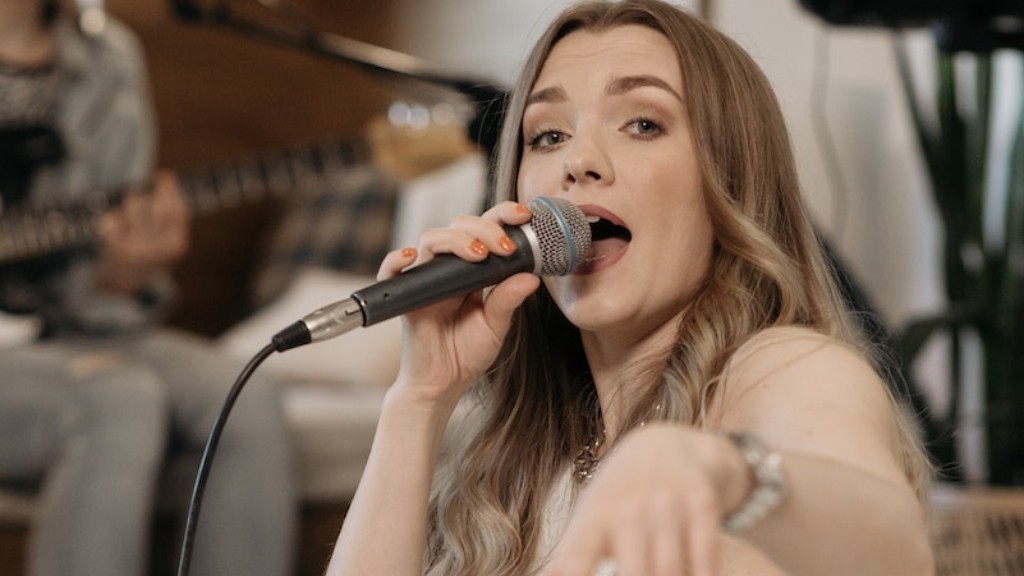Learning how to draw a cartoon bee is an essential skill for all budding artists! Whether you’re a beginner, or an experienced artist, a cartoon bee is a great subject to practice and perfect your art. But before you get started, there are a few tips you should know that will help you create a realistic, sensational bee drawing.
Tip #1: Sketch Out Your Bee
Start with a blank page and a pencil. Drawing with pencils is an ideal way to sketch out cartoons as you can erase and fix any mistakes you might make. Begin by sketching out the general shape of the bee. Think of it as an outline. Mark out the wings, the legs, and the body. You can follow a high-resolution photo of a bee or the outline from a book. This basic sketch will ensure that you have a blueprint of the bee before you start shading or adding details.
Tip #2: Build Up the Features
Once you’ve completed the basic outline of the bee, you can start building it up to make it look more realistic. Details will make your bee drawing look more cute. Start by adding in body segments, such as the head, thorax, and abdomen. Next, fill in the wings, antennae and legs. Now the bee looks like a bee more than an outline. Then start adding the details. Draw in the ridges of the wings, the stripes on the abdomen, and the eyes – these will make your drawing look even more lifelike and give your bee character.
Tip #3: Apply Color and Shading
Next, it’s time to bring some color to your bee. A bee has yellow and black stripes on its abdomen, so make sure you use these colors when coloring your bee drawing. To add shading, you can use different tones of yellow and black for added dimension and a three-dimensional effect. This will make the bee look more realistic and vivid. You could also add some white to the wings to give it a realistic glint in the light.
Tip #4: Explore Different Mediums
Finally, once you have the basic outline and colors of your bee, you can start exploring different mediums to apply it. You can use pens for a cleaner look or colored pencils if you want a softer, more vibrant effect. Watercolor and acrylic are also ideal for giving your bee a shadowy and surreal effect. If you’re feeling more daring, you could also try experimenting with oil and pastel. Whichever mediums you choose, make sure to take your time and let the colors blend into each other for a unique, stunning bee drawing.
Tip #5: Have Fun!
Above all, the most important thing to remember is to have fun when drawing a cartoon bee. You don’t have to stick to the fundamentals – feel free to be creative and add your own personal touches. You can experiment with different color combinations, outlines, and textures. Be as bold and fearless as you want – it’s your bee, after all! Who knows, you might just end up creating a masterpiece and be inspired to start your own bee-drawing series. So, don’t be afraid to get creative and have loads of fun!
Tip #6: Practice & Perseverance
Drawing a cartoon bee takes patience and practice, just like any other artistic skill. Don’t get discouraged if your first attempt doesn’t come out perfect. You’ll get better with practice – keep practicing until you’re satisfied with your drawing. Have faith in your ability and don’t give up. Eventually, with enough time and effort, you will become a pro and your cartoon bee will look so realistic it might fly out of the page!
Tip #7: Appreciate the Little Details
Drawing a realistic cartoon bee isn’t just about getting the lines and colors right. Appreciate the details – the wings, the hairs, the eyes, and the shape of the body. Take your time and observe each of these details carefully, and try to get them right. Little details count, and they will be a big part of making your drawing look remarkable.
Tip #8: Explore the World of Bees!
Finally, to make your bee drawing even more realistic, watch videos, read books, and explore the world of bees. Becoming an expert in bee anatomy and behavior can give you more realistic approaches to drawing bees. Knowing the little points like the eyespots on the heads or the stripes on their legs can go a long way in making your drawing look truly awesome!
